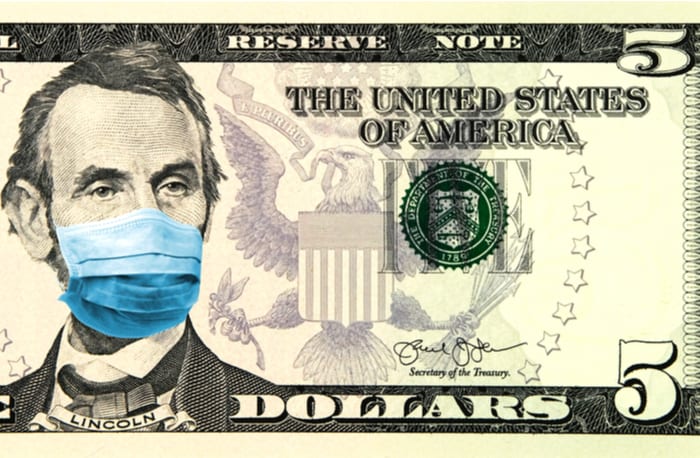US Economy Could Lose $10B To Chinese Travel Ban

China’s outbreak of the coronavirus has triggered travel bans that could end up costing the U.S. economy $10.3 billion in lost tourism dollars.
A drop in Chinese tourism is the “most immediate and direct link between the U.S. economy” and the virus, Mark Zandi, chief economist at Moody’s Analytics, told Reuters on Tuesday (Feb. 4). He forecasts real GDP growth in the U.S. will be slightly below its potential, coming in at 1.7 in 2020 instead of 2 percent.
The areas expected to be affected the most by the ban include Riverside, California, and Buffalo, New York, places especially favored by Chinese tourists. Big cities like Los Angeles and New City are also expected to take a big hit. Overall, California and then Utah get the most Chinese tourists.
Since the 2002 SARS outbreak, Chinese tourism to the U.S. has gone up 1,270 percent to 2.8 million in 2019, including students, according to Tourism Economics, part of Oxford Economics.
Financial loss from the coronavirus will include a $10.3 billion loss in U.S. tourism dollars, most of that in 2020, Oxford Economics estimates. Aside from airfare and educational costs, each Chinese visitor spends an average of $6,000.
Miami-based Royal Caribbean Cruises said the coronavirus outbreak could cost it more than $50 million in lost revenue, a Wall Street Journal report indicated on Tuesday (Feb. 4). So far, eight cruises out of China have been canceled through March 4.
The National Health Commission in China reported 20, 438 confirmed cases, including 15 in Hong Kong and eight in Macao through the end of Monday. The self-governing island of Taiwan reported 10 cases.
More than one month into what is a spreading health concern, eCommerce has held steady but is could drop as avenues of transport get increasingly choked off. If supply chains are truly disrupted for consumer goods, the ripple effects may be that inventory in the pipeline is held up.